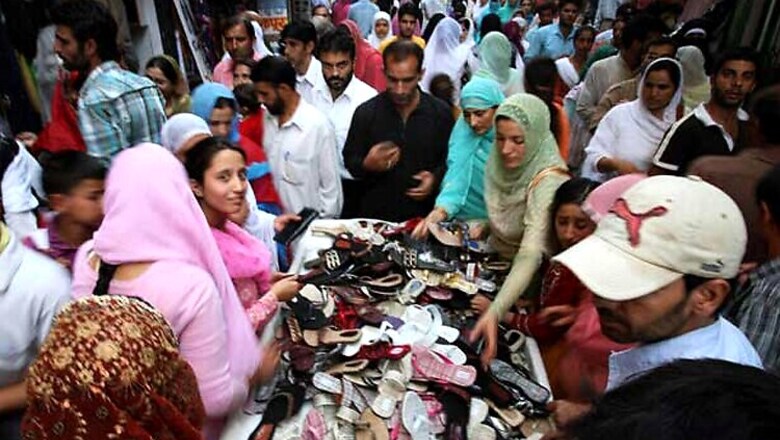
views
The festival of Eid holds special importance for countless Indians across the world as it marks the end of a month of fasting and self-restraint. Moreover, the festive occasion is also synonymous with mouth watering delicacies and emotional family reunions. Here is a look at some interesting facts about Eid.
A new beginning: Eid-ul-Fitr signals the beginning of the Islamic month of Shawwal and the end of the holy month of Ramazan during which Muslims fast from dawn to dusk. Eid-ul-Fitr, which translates to "the festival of fast breaking", comes as a reward for those who spent the holy month of Ramadan in piety, fasting and refraining from all evil activities. Celebrations of Eid-ul-Fitr take place for one to three days.
Eid ka Chaand- Celebrations of the festival commence after the sighting of the crescent moon on the 29th or the 30th day of Ramadan. No one seems to when Eid actually is tillthe elusive moon is sighted. The elusive ‘Eid ka chaand’ has inspired manyshayeris and nazams .The excitement surrounding the sighting of the new moon is palpable in the air with children and adults alike waiting in bated breath for the moon to show up. People crowd on rooftops, vying to catch the first sight of themoon. Countries across the worldcelebrate Eid at different times, depending on the sighting of the moon .On some occasions, even within the same country Eid can be celebrated on different days.
Eidi- One aspect of Eid that is looked forward to the most by children is the Eidi.Eidiis a token gift by elders to children on Eid which can be anything from money to clothes or sweets . Over the years the nature of Eidi has undergone a change with sweets and gifts being complemented by gadgets and vouchers but at the heart of it, the essence of sharing still remains the same.
New clothes– On the day of Eid , people get dressed in their best clothes and flaunt their distinct style. Women in Salwar-kameej with matching jewellery and men in crisp traditional sherwanis make for a beautiful sight.
Food –Eid-ul-Fitr is also known as 'Meethi Eid' because of the popularity of sweet dishes and treats that are relished during the celebration. Scrumptious dishes are prepared and distributed among friends and family, as a token of love and joy. Dishes range from the traditional seviyan(vermicelli) and biryani to phirni and korma .
Charity-Amidst the bonhomie, the excitement of meeting and greeting, it is crucial to remember that that Eid is not merely an occasion to binge. The festival carries an important message which is integral to the spirit of Islam, the message of compassion, generosity and sharing. Every Muslim is duty bound to pay the Zakat-al-Fitr, which is charity given to the poor, during the month of Ramazan.The essence of the festival being training those who have, to be generous to those who do not have.
And lastly and most importantly the etiquette of Eid also includes extending congratulations and exchanging good wishes.Greetings of ‘Eid-Mubarak!" which mean Blessed Eidfill the airas people come together to share the joy of the festival.













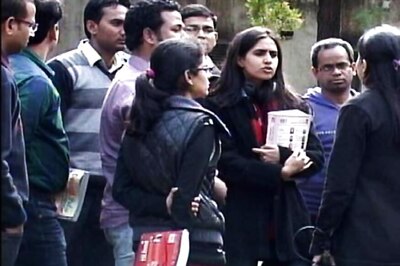
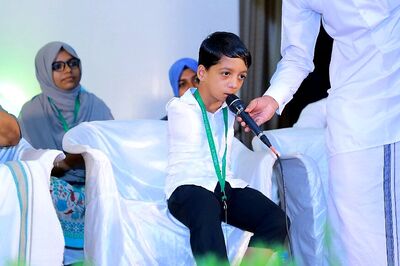
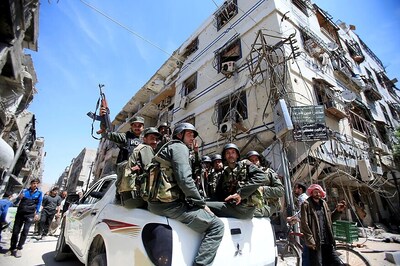


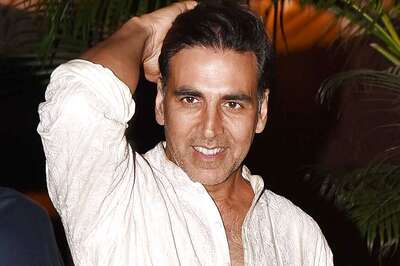

Comments
0 comment